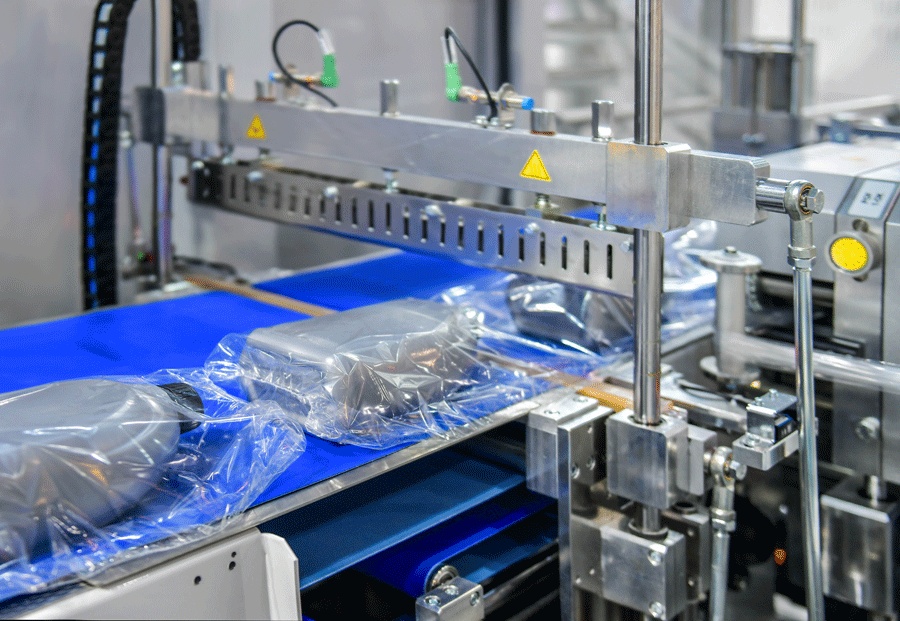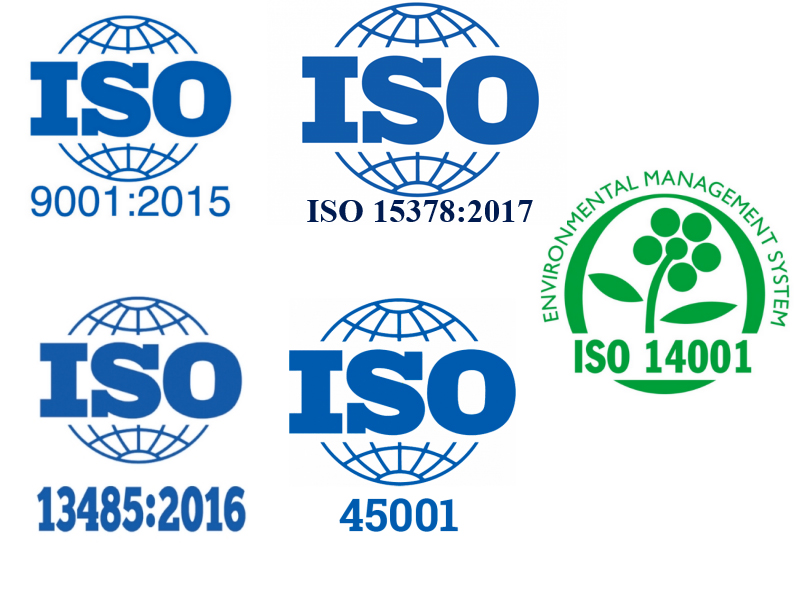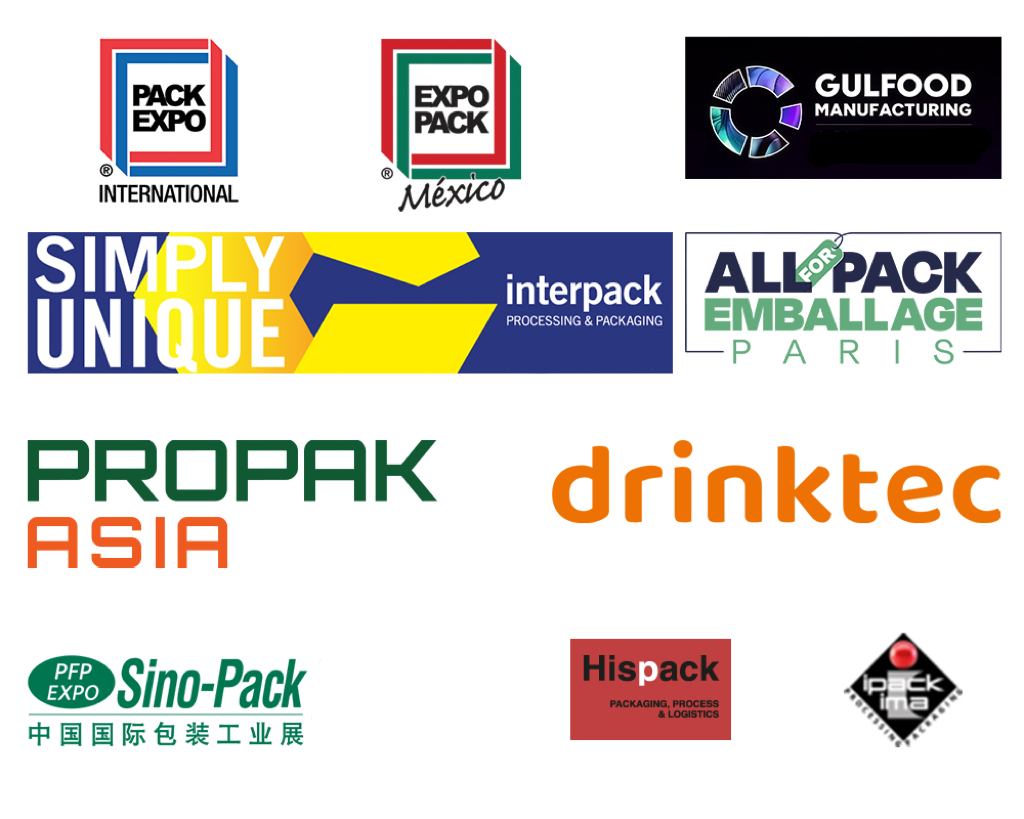Ever wondered what gives your favorite gummy candies or jellies their signature bounce? That magical ingredient is gelatin. It’s a colorless, tasteless substance that transforms liquids into jiggly, chewy treats.
But gelatin isn’t just for desserts. It’s also used in vitamins, marshmallows, and even beauty products. Let’s explore what gelatin really is, how it’s made, and why it’s found in so many items.
What is Gelatin?
Gelatin is a colorless, flavorless, and slightly translucent substance that becomes jelly-like when mixed with water and cooled. It’s best known for giving foods like gummy candy, marshmallows, jellies, and desserts their smooth and bouncy texture.

But gelatin isn’t just for sweets. It’s made from animal collagen, a protein found in the bones, skin, and connective tissues of animals like cows and pigs. When these parts are boiled, the collagen breaks down and forms gelatin.
Once cooled and dried, it’s processed into a powder or sheets that you can buy in stores. Gelatin has been used for centuries in cooking and even medicine.
You can understand the demand for this ingredient by the fact that approximately 326,000 tons of gelatin are produced and used every year.
What Are the Different Types of Gelatin?
Not all gelatin is the same. It comes in different types based on how it’s made and what it’s used for. Here’s how it’s usually differentiated:
Type A vs. Type B Gelatin
Type A gelatin is made through acid treatment of animal tissues. It usually comes from pigskin and has a slightly lower pH. It sets quickly and is often used in food products, candies, and desserts.

On the other hand, Type B gelatin is made through alkaline treatment, typically using cow bones and hides. Even though it sets more slowly, it forms a firmer gel. This type is common in pharmaceutical capsules and some food items requiring a stronger hold.
Sheet Gelatin vs. Powdered Gelatin
Sheet gelatin (or leaf gelatin) comes in flat, thin sheets. It’s common in Europe and preferred by chefs for its clarity and consistent results. You soak it in cold water before using it.

Powdered gelatin is more common in the U.S. It comes in small granules and is easier to measure. You typically sprinkle it over cold water to bloom before dissolving it into hot liquid.
Typically, one sheet equals about one teaspoon of powdered gelatin.
Edible vs. Industrial Grade
Edible Grade gelatin is made to be safe for consumers. You’ll find this being used in gummy candies, marshmallows, yogurt desserts, and supplements.

Meanwhile, Industrial Grade gelatin is used in non-food products like glues, photography films, cosmetics, and even some paints. It’s not suitable for eating at all.
What Is Gelatin Composed Of?
Gelatin is mainly made up of proteins, especially a group of proteins known as collagen. Collagen is found in the bones, skin, and connective tissues of animals like cows, pigs, and fish. When these animal parts are slowly boiled in water, the collagen breaks down and turns into gelatin.
The key building blocks of gelatin are amino acids, which are the same building blocks your body uses to grow and repair tissue. Some of the main amino acids in gelatin include glycine, proline, and hydroxyproline. These help support healthy skin, joints, and bones.
What Is Gelatin Used For?
If you think gelatin is only a food thickener, you’re absolutely wrong. Its versatility makes it useful in many areas, which include:
1. Food Industry
Gelatin is a key ingredient in the global food scene. Its gelling and stabilizing properties make it a favorite for both chefs and food manufacturers. Cakes, mousses, and jelly desserts use this for a soft texture.
This global market is expected to reach $13.14 billion by 2030. And with 60% of the gelatin used in this industry, the production of gelatin will increase exponentially as well.
2. Medical Uses
In medicine, gelatin’s biocompatibility makes it incredibly valuable. It dissolves easily in the body and causes almost no allergic reactions. Some of its uses include:
- Capsule shells for both pharmaceuticals and supplements.
- Wound dressings, surgical sponges, and hemostatic agents.
- Pharma expander in emergency care.
- Regenerative medicine scaffolds for tissue repair.
3. Supplements and Health
Gelatin supports wellness, especially when it comes to joints, skin, and digestion. It contains glycine, an amino acid that helps with inflammation, and proline, which supports connective tissues.
Benefits of gelatin in this industry are:
- Promotes joint and bone health for aging populations.
- Supports gut health by protecting and healing the digestive lining.
- Helps improve skin elasticity and hydration.
- May aid sleep and mental clarity due to glycine’s calming effects.
Studies also show that 41% of people prefer vitamins and supplements in the form of gummies and gelatin is a key ingredient in creating those gummies.
4. Cosmetic and Skincare
In beauty and skincare, gelatin is used for collagen-like benefits. It firms the skin, strengthens nails, and improves hair resilience.
Companies use it commonly in peel-off masks, nail strengtheners, and anti-aging creams. Moreover, collagen production, which slows down after the age of 25, is supported by the use of gelatin.
How Does Gelatin Compare to Collagen and Bone Broth?
Gelatin, collagen, and bone broth are often mentioned together, but they’re not the same. Each one has its own texture, health benefits, and ideal uses.
Gelatin vs. Collagen: What’s the Difference?
Gelatin is simply a cooked form of collagen. When it’s cooled, it becomes jelly-like, which is then used for multiple purposes. However, collagen in its peptide form doesn’t gel. It dissolves easily in both hot and cold liquids, which makes it perfect for mixing into coffee, smoothies, and even water.
Health-wise, both support skin, joint, and gut health. But collagen is often preferred in supplement form due to its convenience and versatility.
Gelatin vs. Hydrolyzed Collagen
Hydrolyzed collagen, also known as collagen peptides, goes through an extra step of processing. This breaks the protein into smaller pieces, making it easier to absorb and digest. It also means hydrolyzed collagen will not gel, unlike regular gelatin.
This form of collagen is especially popular in health and beauty supplements. It’s easy to stir into any drink, hot or cold, and is known for supporting skin elasticity, reducing wrinkles, and improving joint mobility.
Bone Broth vs. Gelatin: Is There a Difference?
Bone broth is a natural, whole-food source of gelatin. When you simmer animal bones and connective tissues for hours, the broth becomes rich in collagen, gelatin, and essential minerals. It’s a complete food with protein, amino acids, and gut-soothing properties.
Gelatin, in contrast, is a refined extract from collagen, often in powder or sheet form. It’s great for cooking, but doesn’t include all the nutrients found in whole bone broth.
If you’re after a quick and easy way to thicken or gel recipes, go for gelatin. But if you want a nutrient-rich healing drink, bone broth is a better choice.
Summing Up
Nowadays, gelatin is more than just a kitchen ingredient. It starts as collagen from animal sources and transforms into a protein that gives foods their smooth, springy texture. From candy and marshmallows to capsules and beauty masks, it plays a role in many parts of life.
Gelatin is rarely used on its own. The magic happens when it’s combined with the right ingredients. That’s what makes it so special: the quiet helper behind some of the most loved foods and products in the world.
FAQs
1. What is the difference between gelatin and gelatine?
There’s no real difference between “gelatin” and “gelatine.” Both refer to the same substance made from animal collagen and used in cooking, health supplements, and cosmetics. The only difference is that the spelling “gelatin” is more common in American English, while “gelatine” is used in British English.
2. Is gelatin vegetarian or vegan?
No, traditional gelatin is not vegetarian or vegan. It’s made by boiling animal parts like bones, skin, and connective tissue to extract collagen. However, there are plant-based alternatives available, such as agar-agar (from seaweed) or pectin (from fruits).
3. Are there any side effects of eating gelatin?
Gelatin is generally safe for most people when eaten in normal amounts. However, eating too much can sometimes cause bloating, stomach discomfort, or a bad taste in the mouth. So, always read the ingredients before consumption.
4. Can gelatin help with joint pain or skin health?
Yes, gelatin may help support joint health and improve skin elasticity. It contains amino acids like glycine and proline, which support collagen production in the body. Some studies suggest that gelatin supplements may reduce joint pain or stiffness.




